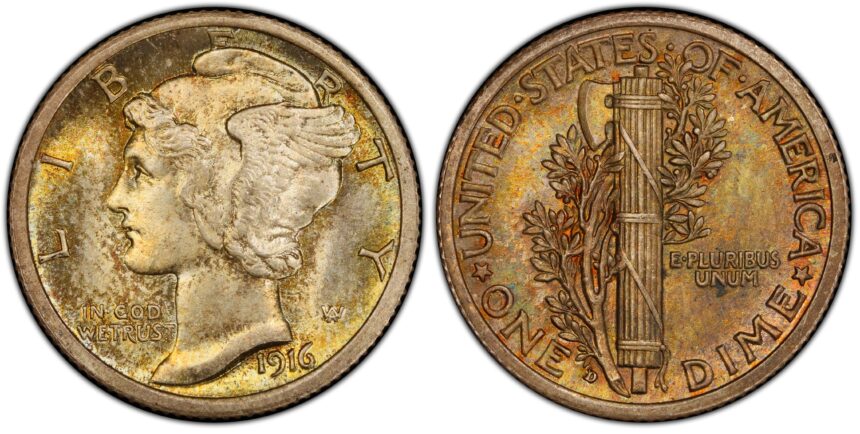Mercury Dimes, officially known as Winged Liberty Head Dimes, are a beloved series in American numismatics. Minted from 1916 to 1945, these dimes are renowned for their artistic design and historical significance. Among them, the 1916-D Mercury Dime stands out as a key date, coveted by collectors for its rarity and value. This article will explore the history of Mercury Dimes, the significance of the 1916-D, and other key dates that serious collectors should seek.
History of Mercury Dimes
The Mercury Dime, designed by Adolph A. Weinman, was introduced in 1916, replacing the Barber Dime. The coin features Liberty wearing a winged cap on the obverse, symbolizing freedom of thought, and a fasces and olive branch on the reverse, representing unity and peace. This design is often mistaken for the Roman god Mercury, hence the coin’s popular name.
The 1916-D Mercury Dime
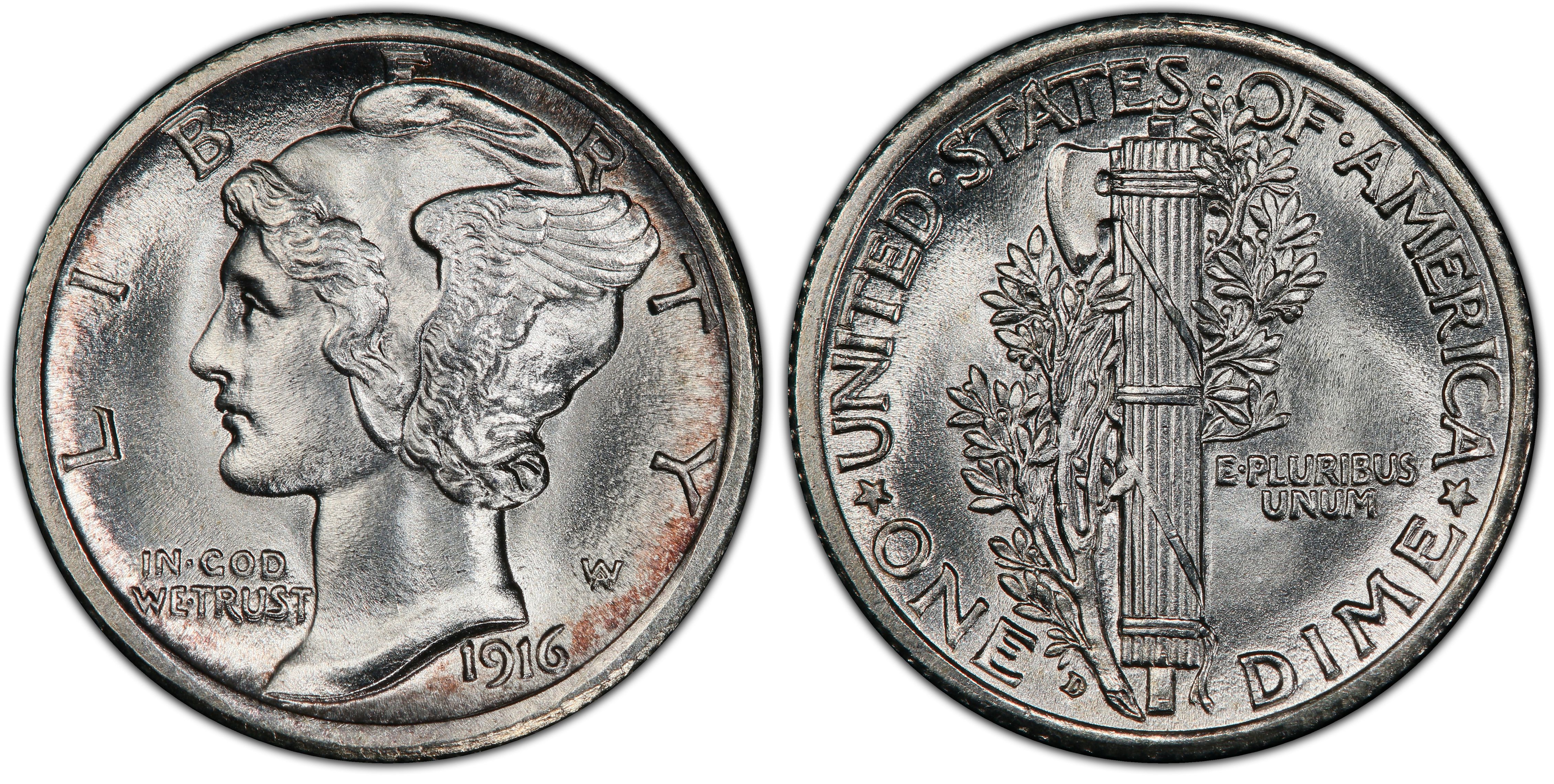
- Mint Mark: “D” for the Denver Mint.
- Mintage: Only 264,000 pieces, the lowest in the series.
- Value: In good condition, it can fetch thousands of dollars, with mint state examples reaching into the tens of thousands.
- Significance: The 1916-D is the rarest regular-issue Mercury Dime and a key date for collectors due to its low mintage and historical context, marking the first year of the series.
Other Key Dates to Collect
While the 1916-D is the most famous, several other dates in the Mercury Dime series are notable for their rarity and value:
1921 and 1921-D

- Description: Both minted in low numbers due to reduced production during the economic downturn after World War I.
- Mintage: 1921 (Philadelphia) – 1,230,000; 1921-D (Denver) – 1,080,000.
- Value: These dates are valuable in all grades, particularly in higher conditions.
1931-D
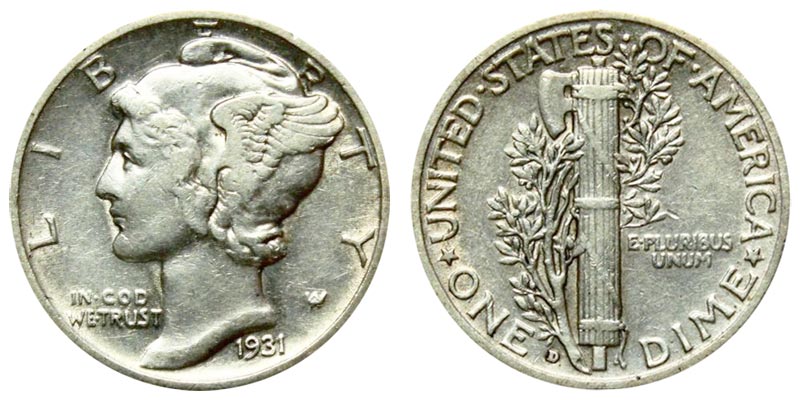
- Description: Another low mintage year during the Great Depression.
- Mintage: 1,260,000.
- Value: While not as rare as the 1916-D, it is still a significant key date with high value in better conditions.
1942/1 and 1942/1-D Overdates
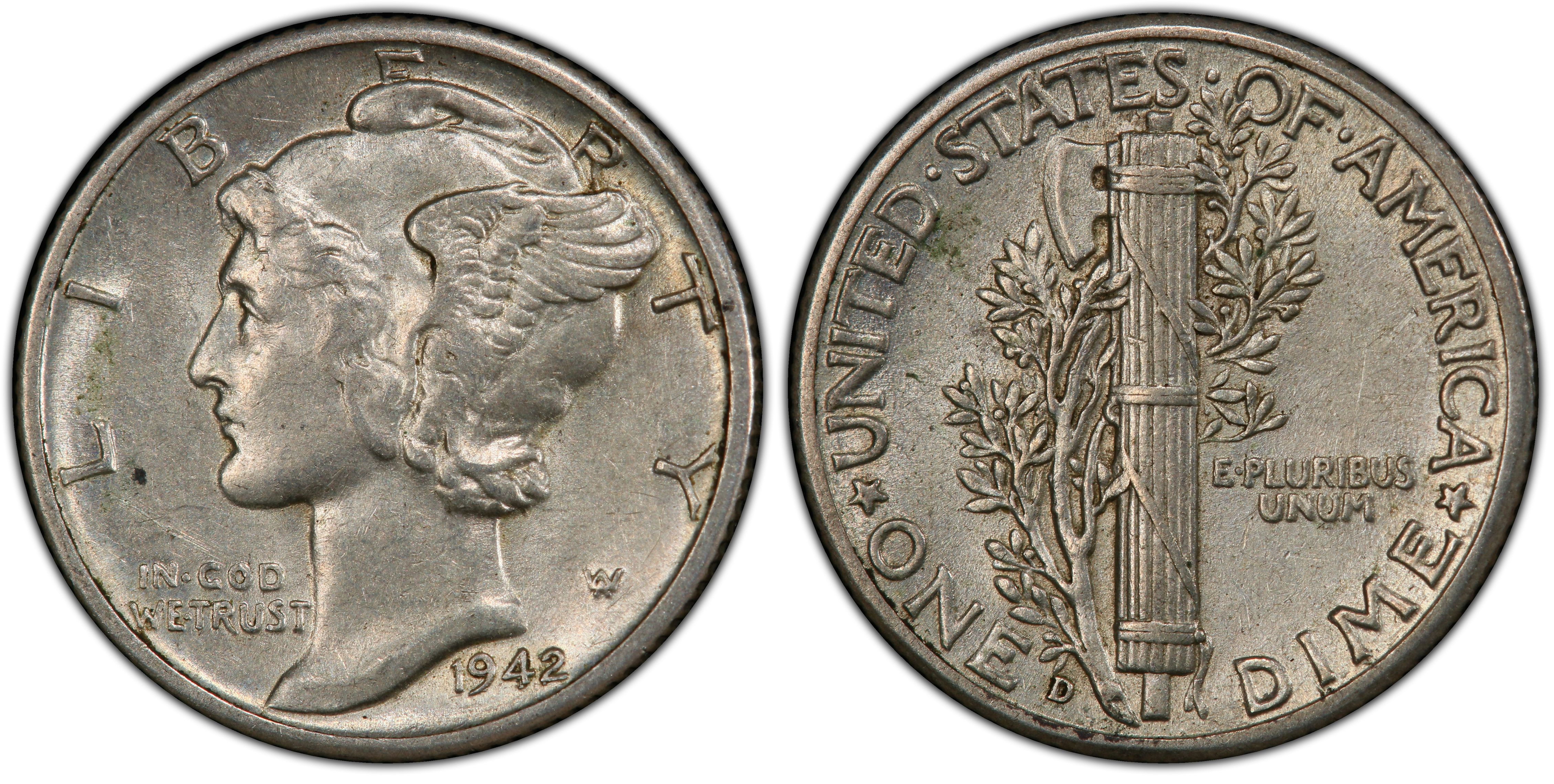
- Description: These coins feature a prominent overdate, where a 2 is struck over a 1.
- Value: Overdates are highly sought after, especially in mint state, and can be quite valuable due to their rarity and distinctiveness.
1945 Micro S
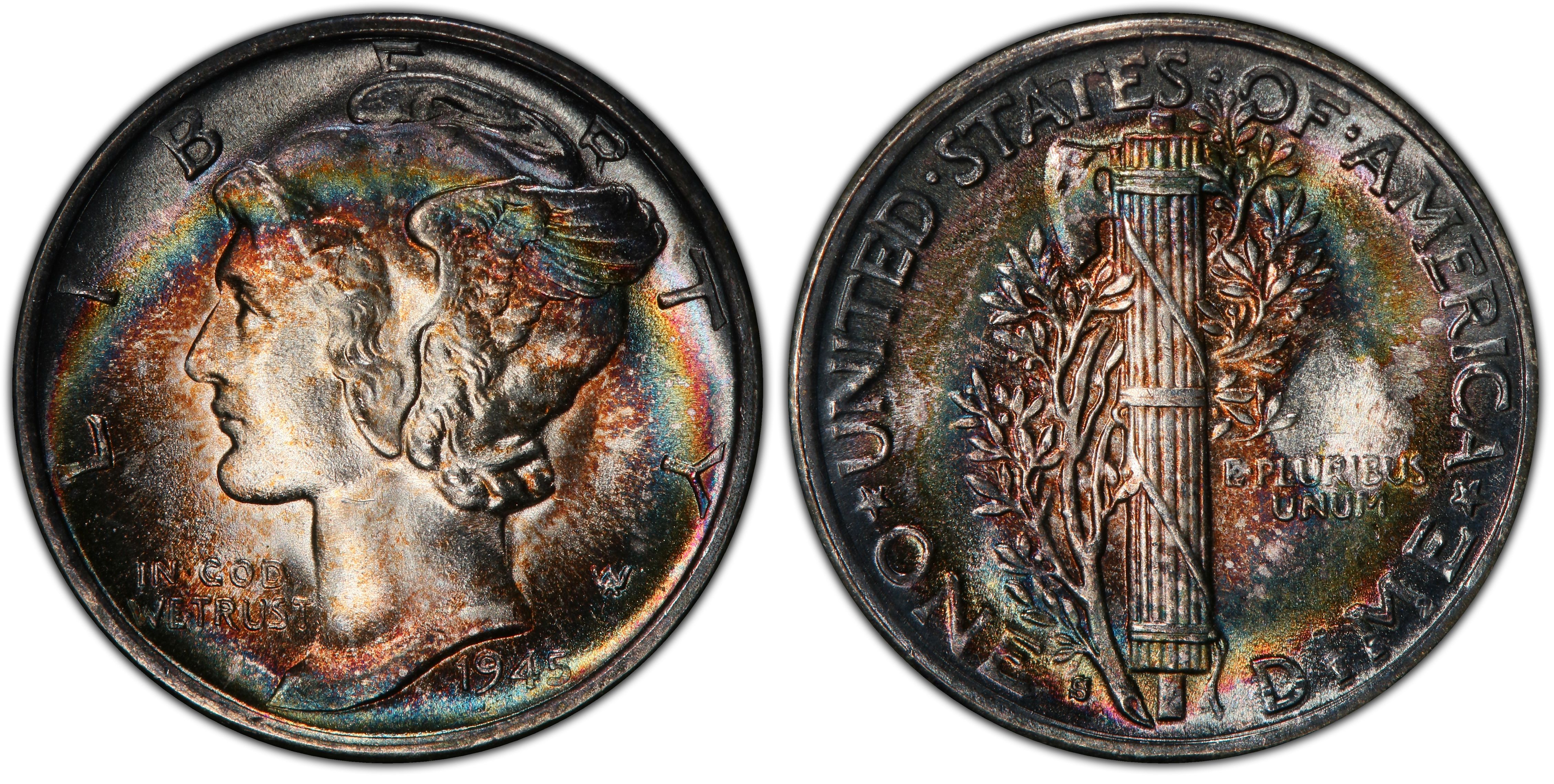
- Description: The “Micro S” variety has a smaller “S” mint mark than usual.
- Mintage: Unknown, but considered rare.
- Value: This variety is sought after by specialists and can command a premium.
Tips for Collecting Mercury Dimes
- Condition Matters: Higher-grade coins, especially those with Full Bands (FB) on the reverse, are more valuable.
- Authenticate Key Dates: Due to their value, key dates like the 1916-D are often counterfeited. Ensure authentication by a reputable grading service.
- Complete Sets: Building a complete set, including all key dates and varieties, is a rewarding challenge for serious collectors.
- Focus on Eye Appeal: Coins with good luster and minimal wear are more attractive and valuable.
Conclusion:
Mercury Dimes are a captivating series for collectors, offering a blend of artistic beauty, historical significance, and the thrill of the hunt for rare dates. The 1916-D Mercury Dime is the crown jewel of the series, but other key dates and varieties also offer substantial value and interest. Whether you are a seasoned collector or new to numismatics, assembling a collection of Mercury Dimes is a rewarding endeavor that can provide both enjoyment and investment potential.
Frequently Asked Questions (FAQ)
Q1: Why is the 1916-D Mercury Dime so valuable?
A: Its value stems from its low mintage, historical significance as the first year of issue, and high demand among collectors.
Q2: How can I tell if my Mercury Dime is genuine?
A: Have your coin authenticated by a professional grading service such as PCGS or NGC to ensure its legitimacy.
Q3: What are Full Bands on a Mercury Dime?
A: Full Bands (FB) refer to the horizontal bands on the fasces on the reverse being fully visible and well-defined, indicating a strong strike and higher quality.
Q4: Are all Mercury Dimes valuable?
A: While all Mercury Dimes have some value, especially in higher grades, key dates and varieties are particularly valuable.
Q5: Where can I find Mercury Dimes for my collection?
A: Check coin shops, online marketplaces, auctions, and coin shows. Always buy from reputable dealers to ensure authenticity.

